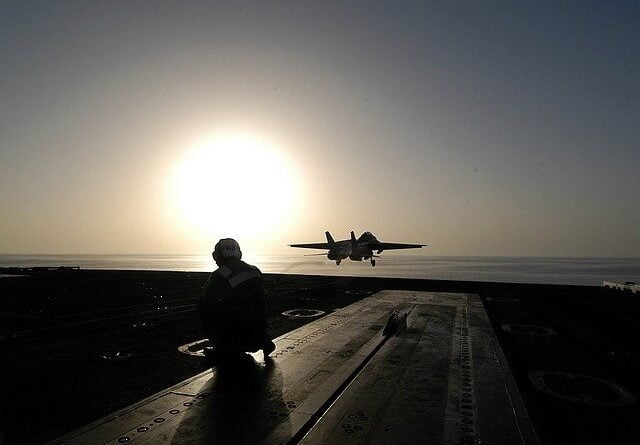Advanced Electronic Warfare (EW) System Shakti
Context:
The Prime Minister handed over the Advanced Electronic Warfare (EW) System Shakti to the Indian Navy at a ceremony held as part of Rashtra Raksha Samarpan Parv on 19th November, 2021.
- Rashtra Raksha Samarpan Parv is part of the ‘Azadi Ka Amrit Mahaotsav’ celebration.
- The PM also handed over indigenously-built Light Combat Helicopter (HAL’s LCH), and two small drones (‘SWITCH 1.0 UAV’ and ‘MR-20) built by Indian start-ups to the Air Force.
About Advanced Electronic Warfare (EW) System Shakti
- It has been designed and developed by Defence Electronics Research Laboratory (DLRL) Hyderabad a laboratory of Defence Research and Development Organisation (DRDO).
- It will provide an electronic layer of defence against modern radars and anti-ship missiles to ensure electronic dominance and survivability in the maritime battlefield.
- This system will replace the earlier generation EW Systems of the Indian Navy.
- The system has been integrated with the wideband Electronic Support Measures (ESM) and Electronic Counter Measure (ECM) for the defence of Indian Navy Ships against missile attacks.
- The ESM of the system helps in finding accurate direction and interception of modern radars. The system has a built-in radar fingerprinting and data recording replay feature for post-mission analysis.
How is Shakti Electronic Warfare System used in Indian Navy?
The first Shakti System was installed in INS Vishakhapatnam and INS Vikrant. As of November 2021, there are twelve Shakti systems under production at Bharata Electronics Limited. The production of these systems is supported by more than fifty MSMEs. They are developed at a cost of Rs 1,805 crores. These systems that are under development are to be installed in warships that are under production. They are P – 17A, P – 15B and Talwar class.
What is SAMUDRIKA Programme under which Shakti Electronic Warfare System was developed?
The Programme SAMUDRIKA was launched to design and develop seven electronic warfare systems. They were grouped under two projects. They are air – borne projects and Ship – borne projects. The ship – borne systems are NAYAN, SHAKTI and TUSHAR. The air – borne systems are SARAKSHI, NIKASH, SARANG and SARVADHARI.
What is Electronic Warfare?
- Warfare that involves the use of the Electromagnetic Spectrum (EM Spectrum) or Directed Energy in order to control the spectrum, attack the enemy or impede the enemy assaults can be defined as Electronic Warfare.
- The usage of directed/focused energy is to confuse or disable the enemy’s electronics. This generally includes the use of Radio Waves or Laser Light beams.
- Applications of EW are vast and can be implemented from Land, Sea, Air and even Space by either manned or unmanned systems.
- EW allows the user to target not only communication radar but also other military and civilian assets.
- One such application is collecting information from the enemy’s radio signal or detecting an incoming missile from radar.
- There are three major subdivisions within electronic warfare: electronic attack, electronic protection, and electronic warfare support.
Electronic Warfare (EW) Devices in India
The Defence Research and Development Organisation (DRDO) developed the Defence Avionics Research Establishment (DARE). It is an EW Suite consisting of Radar Warning and Jammer.
The main features of this EW suite include an additional capability of nullifying the effect of detected radar threat by appropriate mode of jamming.
The Defence Research and Development Organisation (DRDO) has successfully tested advanced electronic warfare (EW) suite on the Tejas-PV1, a Light combat aircraft of the Indian Airforce.
Other EW Devices by DRDO include:
- Electronic Warfare System for Navy ‘Sangraha’
- Electronic Warfare System for Army ‘Samyukta’
- Electronic Warfare System ‘Divya Drishti’
- Electronic Support Measure ‘Varuna’
Source: PIB
You can find many articles on SECURITY (part of GS III) in our website. Go through these articles share with your friends and post your views in comment section.

